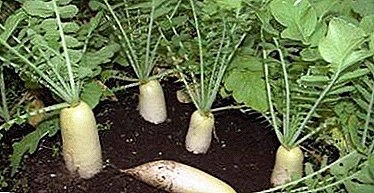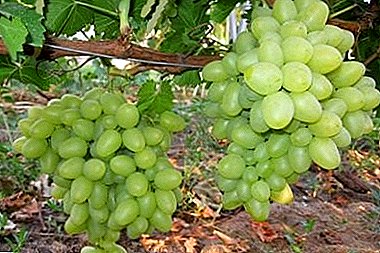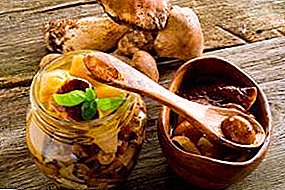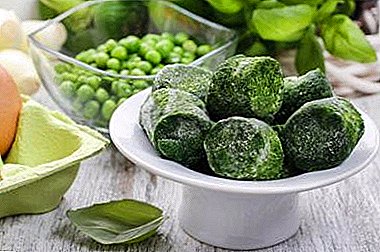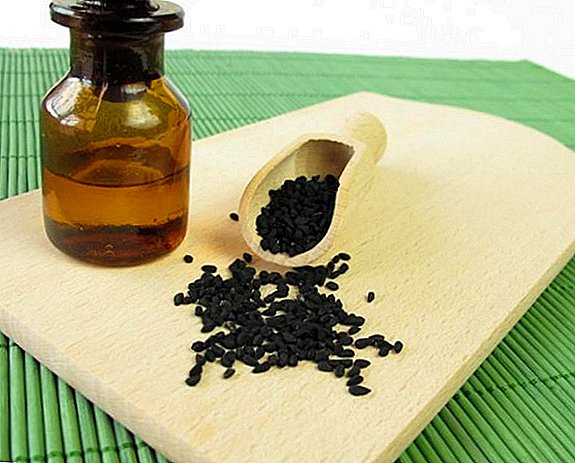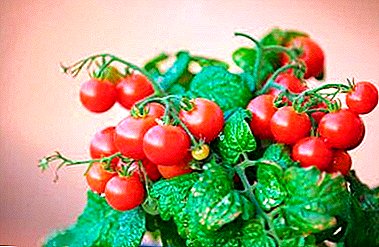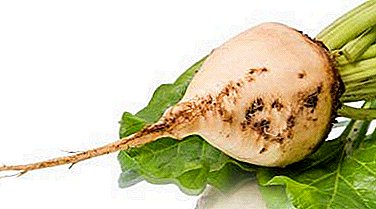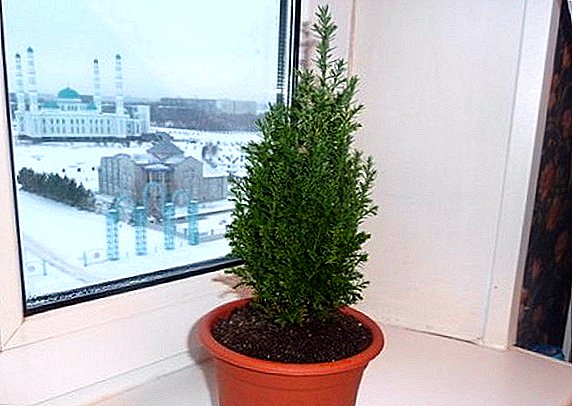 Juniper (from the Latin. Juniperus) is a representative of the genus of evergreen conifers and shrubs of the family Cypress (Cupressaceae). This family includes more than 60 species of dioecious or monoecious plants. The habitat of junipers covers the entire Northern Hemisphere - from the polar zone to the mountain tropics.
Juniper (from the Latin. Juniperus) is a representative of the genus of evergreen conifers and shrubs of the family Cypress (Cupressaceae). This family includes more than 60 species of dioecious or monoecious plants. The habitat of junipers covers the entire Northern Hemisphere - from the polar zone to the mountain tropics.
Juniper: cultivars for growing in a pot
Juniper is a plant that can be grown in a pot without much difficulty. Such cultivation can be done at home, the main thing is to choose a suitable variety. Ideal would be varieties such as Chinese juniper and solid juniper. In nature, these varieties can grow to fairly large sizes. At home, such junipers grow quite slowly, but when the temperature and humidity are observed, they feel quite well.
Did you know? Under favorable conditions, juniper is able to grow for 600-3000 years.
Basic recommendations for planting juniper in the room
When planting and growing juniper at home in a pot, you should remember the following recommendations:
- For plants it is better to pick a free pot. Junipers grow well when there is a lot of room for the root system.
- At the bottom of the pot must be a layer of drainage (broken brick, gravel, sand or expanded clay).
- Try to prevent the soil from drying out, and also be sure to drain excess water from the pan.
- Under room conditions, dry and hot air becomes the greatest danger for juniper.
How to choose lighting for juniper at home
 If the juniper grows in a pot, then caring for the plant begins with choosing the right light. In terms of coverage, care must be taken constantly. Juniper loves the light, but he needs protection from direct sunlight. The plant may die if it is in the shade all the time in the summer, and in the sun in the winter. It is advisable to put the plant on the sunny side, where direct sunlight will fall on it only in the winter.
If the juniper grows in a pot, then caring for the plant begins with choosing the right light. In terms of coverage, care must be taken constantly. Juniper loves the light, but he needs protection from direct sunlight. The plant may die if it is in the shade all the time in the summer, and in the sun in the winter. It is advisable to put the plant on the sunny side, where direct sunlight will fall on it only in the winter.
Did you know? In ancient Rome, preparations for snake bites were made of juniper. The Romans also added crushed juniper berries to wine and drank it as a diuretic.
Climatic conditions for growing
Juniper grows in a pot, but how to care for it in terms of selection of climatic conditions? Most likely florists are asking a similar question. In summer it is necessary to monitor the temperature regime to avoid overheating of the air. The most suitable temperature for growing should not exceed 25 degrees in summer and fall below 13 degrees in winter. In the summer, a pot of juniper can be brought to the street or to the balcony. Do not forget that the plant loves fresh air, but does not tolerate drafts.
The choice of capacity for growing
 As mentioned above, a large pot is best for juniper, which will not embarrass the root system of the plant. In a large pot, the soil will be slightly porous, which will contribute to the uniform distribution of moisture and greatly facilitates the care of juniper. Cultivation of juniper at home is best held in containers made of natural materials: ceramics, clay or porcelain. Also, the shape and pattern on the container can be concisely in harmony with the shape that you will attach to the juniper.
As mentioned above, a large pot is best for juniper, which will not embarrass the root system of the plant. In a large pot, the soil will be slightly porous, which will contribute to the uniform distribution of moisture and greatly facilitates the care of juniper. Cultivation of juniper at home is best held in containers made of natural materials: ceramics, clay or porcelain. Also, the shape and pattern on the container can be concisely in harmony with the shape that you will attach to the juniper.
Did you know? The craftsmen of Ancient Russia made dishes from juniper bark. The milk that was stored in such dishes did not turn sour even in hot weather.
How to plant juniper at home
If you live in the northern latitudes with a cool climate, then you will not be difficult to go to the nearest forest and dig a young juniper bush there. After that, the plant can be taken home and put in a pot. If you live in a region where junipers do not grow in the wild, then the necessary seedling can be purchased at any large market. But one thing is to find a sapling, and quite another to learn how to plant juniper at home.
How to prepare the soil for planting juniper
 Many newcomer growers believe that juniper is completely whimsical to the ground. But this is not entirely true. Before planting the juniper into the ground, it is necessary to add a nutrient mixture. The composition of this mixture includes turf ground, peat and sand. In addition, it is desirable to add to the soil 200 g of nitrophoska and any universal fertilizer (can be purchased at a flower shop). Planting juniper is carried out only in a pot with an additional layer of drainage at its bottom.
Many newcomer growers believe that juniper is completely whimsical to the ground. But this is not entirely true. Before planting the juniper into the ground, it is necessary to add a nutrient mixture. The composition of this mixture includes turf ground, peat and sand. In addition, it is desirable to add to the soil 200 g of nitrophoska and any universal fertilizer (can be purchased at a flower shop). Planting juniper is carried out only in a pot with an additional layer of drainage at its bottom.
Planting juniper at home
Make a hole in a pot with a previously prepared soil a depth of 2 times greater than the height of the entire plant. If the juniper root system is in the root system, make sure that it is 8 centimeters above the bottom of the planting hole when planted. Hold the plant and gently sprinkle the hole with earth. After that, slightly tamp the top layer of soil and sprinkle it with mulch (you can use humus or peat).
Important! Regularly spray the crown of juniper until it takes root in a new place.
Juniper Room Care Rules
For a plant such as juniper, care in the indoor environment is very simple, the main thing - to comply with some recommendations. Juniper home does not tolerate stagnant moisture, and this must be taken into account in the process of caring for him. This is manifested in the appearance of diseases of the roots and falling needles. In order to avoid such problems, you just need to water the plant evenly. When caring for juniper, ensure good air circulation in the room.
Watering and feeding
 Speaking about how to water juniper at home, it should be mentioned that this plant needs moderate watering. In summer, watering is carried out once every 2 days, as soon as the topsoil dries. In winter, the juniper can be watered 2 times a month. The main condition for the proper irrigation of juniper is to prevent the soil from drying out. Also, in addition to watering, you need to spray the plant 1-2 times a day (in winter once in 2 days).
Speaking about how to water juniper at home, it should be mentioned that this plant needs moderate watering. In summer, watering is carried out once every 2 days, as soon as the topsoil dries. In winter, the juniper can be watered 2 times a month. The main condition for the proper irrigation of juniper is to prevent the soil from drying out. Also, in addition to watering, you need to spray the plant 1-2 times a day (in winter once in 2 days).
Just knowing how to water a juniper in a pot is not enough; you also need to know how to properly feed the plant. In the period of active growth, which begins in April and lasts until September, every 2 weeks mineral fertilizer should be added to the water for irrigation. Fertilizer is diluted according to the proportions indicated in the instructions for the preparation, as a rule, they are 1: 5. Home-grown juniper needs to be supplemented as it cannot receive nutrients from the outside. When preparing for the winter, the application of top dressing is reduced to once a month, and since November it is completely stopped. Also, as a top dressing you can add a small layer of humus.
Important! Adding humus is carried out only after watering with mineral fertilizers. The time difference should be at least a week, otherwise the plant will begin to actively dump its scales and needles.
Trimming room juniper
 Trimming room juniper is held once a year. The ideal time for this procedure is the end of winter (February). Coniferous plants, especially juniper, grow rather slowly, but at the end of winter juniper grows much more intensively. Therefore, experienced growers recommend transplanting the plant into a larger pot. Pruning juniper involves the removal of dried and deformed twigs. Start with cutting young plants, and then remove most of the tops of the plant. Try to cut the tip to a greater length than other branches. Such a pruning technique will make the juniper lush, as well as enhance the health of the plant. You can also give the plant any shape you like, such as a pyramid or a cone. The main thing in pruning is to keep the plant compact.
Trimming room juniper is held once a year. The ideal time for this procedure is the end of winter (February). Coniferous plants, especially juniper, grow rather slowly, but at the end of winter juniper grows much more intensively. Therefore, experienced growers recommend transplanting the plant into a larger pot. Pruning juniper involves the removal of dried and deformed twigs. Start with cutting young plants, and then remove most of the tops of the plant. Try to cut the tip to a greater length than other branches. Such a pruning technique will make the juniper lush, as well as enhance the health of the plant. You can also give the plant any shape you like, such as a pyramid or a cone. The main thing in pruning is to keep the plant compact.
Wintering juniper, care for juniper at home
Many juniper growers do not know how to properly care for a plant growing in a pot in the winter. It is important to know that central heating can have a devastating effect on the plant. Therefore, the best place for wintering will be a cool window sill or a warmed loggia. If the room is hot and dry air, then for juniper you can create protection. To do this, wrap the pot in plastic wrap. You can also attach one side of the film along the entire length of the window sill, and fix the other along the top ledge of the window (that is, exactly above the window sill). Try not to completely cover the plant, providing it with air. This method will protect the plant from the effects of temperature.
Plant transplant
A young room juniper is transplanted once a year. Just like pruning juniper, it is carried out completely at home. It is better to perform the transplant procedure in spring, the ideal time is mid-March. The height of the transplanted juniper should not exceed one meter. Before transplanting it is necessary to cut a circle in the ground around the plant with a garden spatula. The depth of the slot should reach the middle of the pot. Holding the juniper at the base, carefully remove the plant and, together with the earthy clod, place it in a preformed hole in a new pot. The size of the pit should be 2 times the size of the earthen coma with the roots of the plant. Pour all voids in the pit with soil and gently tamp it. Then sprinkle a small amount of peat or chopped bark of any coniferous trees on the soil surface. Do not forget to water the transplanted plant.
Important! Only young junipers are transplanted. The old plant does not need transplantation - just update the topsoil.
Resistance of domestic juniper to pests and diseases
Room juniper is rarely affected by pests and diseases. In the spring, the plant weakens from winter desiccation, and in summer from sunburn. These factors can cause damage to the plant by various infections and pests. The main signs of juniper soreness are yellowing and dying off of the needles. First, several branches are affected, and then the whole plant.
With the appearance of obvious signs of disease, the plant, as a rule, is no longer amenable to treatment. The affected parts of the juniper must be cut and destroyed, and all remaining branches must be carefully treated with fungicides. When carrying out pruning, it is necessary to sanitize the pruner in alcohol, since the use of a non-sterile instrument increases the risk of disease.
Juniper - a very unusual plant for growing at home. But it is this plant that can bring comfort and peace to your home.


